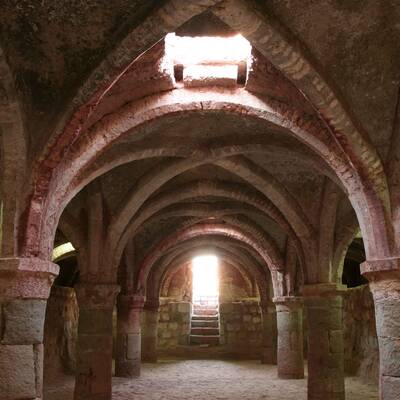2_1.jpg)
Qeshm Hara forests
Qeshm Hara forests or Mangrove forests of Qeshm is on the southern coast of Iran. This forest bears no resemblance to other forests you have ever seen.
One of the best examples of these forests is on Qeshm Island. It covers an area of about 200 km. Of course, in some other protected areas on the shore of the Persian Gulf and the Sea of Oman is also a Mangrove or Hara forest, but Qeshm Hara forest is bigger than the others and more attractive due to its proximity to the residential areas of the island. It is about an hour away from the city center.
The lifespan of the Mangrove forest is 30 to 40 million years. For many years, the trees have been submerged in the sea, and they emerge from the water after the onset of the tide. This is the secret of the charm of this forest.
These trees survive easily in brackish water because they do not absorb salt from the water and use freshwater; in other words, they act like a desalination plant. Mangroves are always green.
The picture of green mangrove trees in the blue sea is spectacular. The trunks of the trees are submerged in water, leaving only the upper foliage above them; it is as if the trees are floating on the water.
When the cold season arrives, it will become a paradise for birdwatchers! Many migratory birds spend their winters in Qeshm. The number of birds in this area reaches more than 100 species. The birds are such as cuckoos, egrets, gray Salim, etc. When the water goes down, then the roots of the trees appear, you can walk on the trees. Of course, you must wear boots and be ready for an adventure in the mud. To see the mangrove trees of Qeshm, you have to reach the Tabal village wharf, Soheili wharf, or Bandar-e-Laft and enter the forest by boat. With the rise of the sea level water, you can take a boat and go into the middle of the forest.
2_1.jpg)
